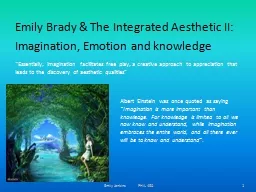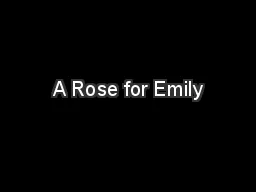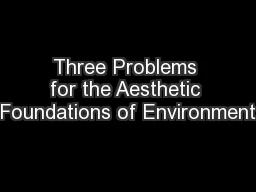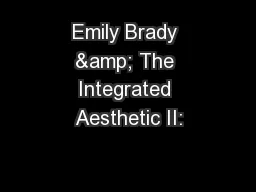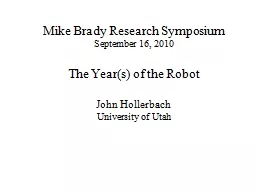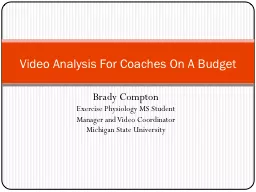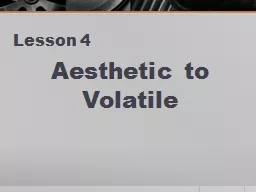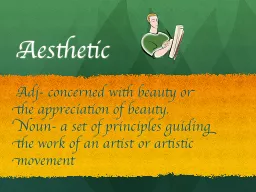PPT-Emily Brady & The Integrated Aesthetic II:
Author : natalia-silvester | Published Date : 2019-12-01
Emily Brady amp The Integrated Aesthetic II Imagination Emotion and knowledge Essentially imagination facilitates free play a creative approach to appreciation that
Presentation Embed Code
Download Presentation
Download Presentation The PPT/PDF document "Emily Brady & The Integrated Aesthet..." is the property of its rightful owner. Permission is granted to download and print the materials on this website for personal, non-commercial use only, and to display it on your personal computer provided you do not modify the materials and that you retain all copyright notices contained in the materials. By downloading content from our website, you accept the terms of this agreement.
Emily Brady & The Integrated Aesthetic II:: Transcript
Download Rules Of Document
"Emily Brady & The Integrated Aesthetic II:"The content belongs to its owner. You may download and print it for personal use, without modification, and keep all copyright notices. By downloading, you agree to these terms.
Related Documents

